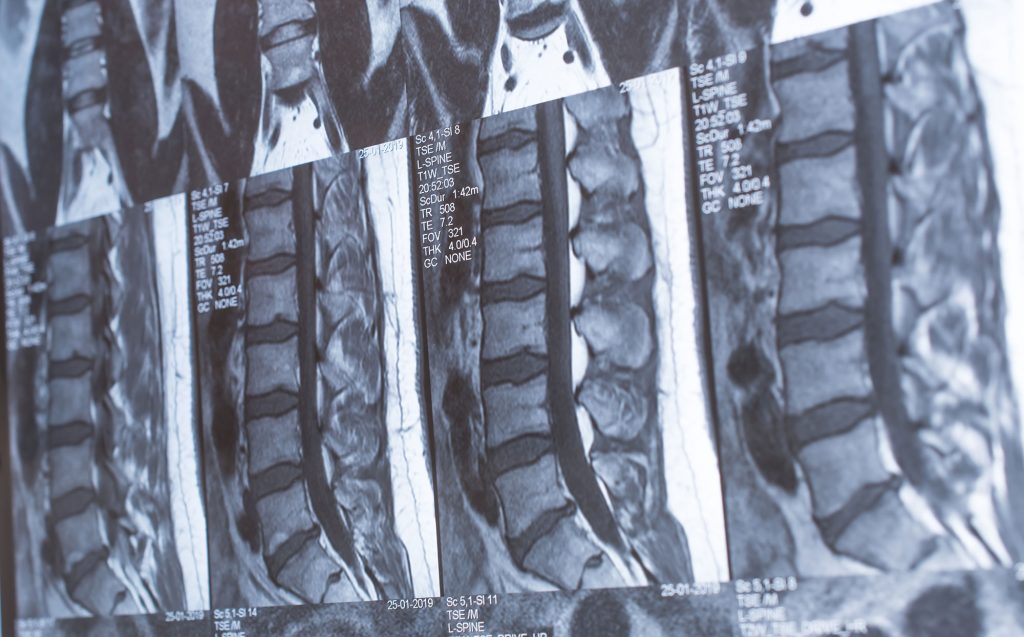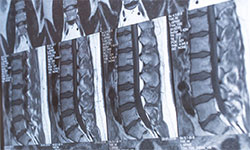
Pain that persists for more than 3 months is considered chronic. You should be evaluated for underlying causes and conditions. This is the first step towards designing a treatment plan that will minimize suffering and improve functional ability. EARLY evaluation and treatment is critical.
Following is a list of conditions we commonly identify and treat. Again EARLIER the evaluation, more likely we are able to avoid chronic pain from setting up. Longer the chronic pain persists, harder it is to treat.
The most common types of chronic pain include:
SPINAL PAIN
- Spinal Arthritis
- Spinal Stenosis
- Cervical radiculitis/radiculopathy
- Cervical Dystonia
- Torticollis
- Whiplash injury
- Lumbar radiculitis/ radiculopathy
- Failed back syndrome/post laminectomy pain syndrome
- Facet joint pain
- Herniated or bulging disk
- Degenerated disk
- Tailbone pain (Coccydynia)
- Vertebral compression fractures
OTHER MUSCULOSKELETAL PAIN
- Arthritis
- Tendinitis
- Rotator cuff
- Plantar fasciitis
- Tennis elbow
- Hip pain
- Ankle pain
NEUROPATHIC PAIN (nerve related pain)
- Diabetic nerve pain (neuropathy)
- Shingles (acute and chronic)
- Intercostal neuralgia (nerve under the rib)
- Central pain syndrome
- Spinal cord injury ,
- Stroke
- Multiple sclerosis
CANCER RELATED PAIN
- Treatment (chemotherapy, radiation and surgery) related pain
- Pain caused by Cancer such as painful bone metastasis, Tumor invasion
SPASTICITY RELATED PAIN & DISABILITY
- Cerebral palsy
- Spinal cord injury
- Multiple sclerosis
- Torticollis
- Cervical Dystonia
- Stroke
FACIAL & HEAD PAIN
- Chronic intractable headaches
- Trigeminal neuralgia
- Occipital neuralgia
- Supraorbital neuralgia
- Atypical facial pain
PAIN FOLLOWING SURGERY/TRAUMA
- Head/neck
- Joints
- Extremities
- Abdomen
- Chest
OTHER
- Complex regional pain syndrome (CRPS/RSD)
- Chronic pancreatitis/ chronic abdominal pain
- Carpal tunnel syndrome
Vascular cause:
- Peripheral vascular disease
- Venous insufficiency (varicose veins)
- Angina refractory to maximal care


